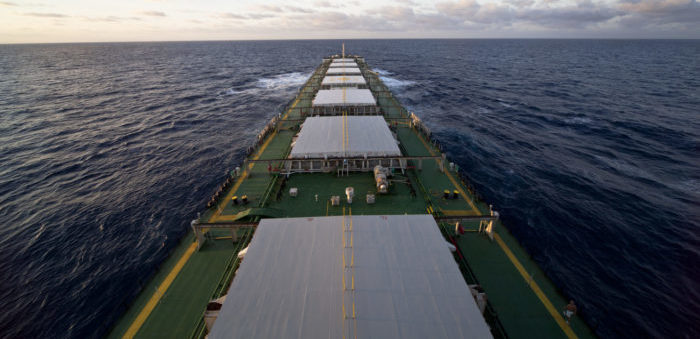DNV GL announced that it has developed the first type approval scheme for the use of aluminium cables and connectors onboard vessels. This scheme enables expensive copper to be replaced with aluminum.
The cost savings from this type approval can be significant, as the price of aluminium in 2018 is approximately one third that of copper.
[smlsubform prepend=”GET THE SAFETY4SEA IN YOUR INBOX!” showname=false emailtxt=”” emailholder=”Enter your email address” showsubmit=true submittxt=”Submit” jsthanks=false thankyou=”Thank you for subscribing to our mailing list”]
Ivar Bull, DNV GL – Maritime, explained:
Copper is an ideal electrical conductor of course, but the price of copper has been rising sharply over the last several decades – putting increasing cost pressures on the maritime industry. At the same time, electric propulsion is becoming more widespread in shipping, which will increase the demand and importance of finding more economical power cables.
Due to aluminum’s lower conductivity, a thicker cable is need, but this is balanced by an overall lower weight. Namely, the estimated saving from switching to aluminum from copper is 50%. Moreover, if a vessel has aluminium instead of copper cables, it will be lighter and thus more fuel efficient, prviding lower operational costs.
Aluminium cables have been tested in a pilot installation onboard the Bibby Offshore owned, Olympic offshore managed, Olympic Artemis, a multi-purpose offshore support vessel. The survey indicated perfect connections after more than 11,000 operating hours and DNV GL issued the type approvals.

































































